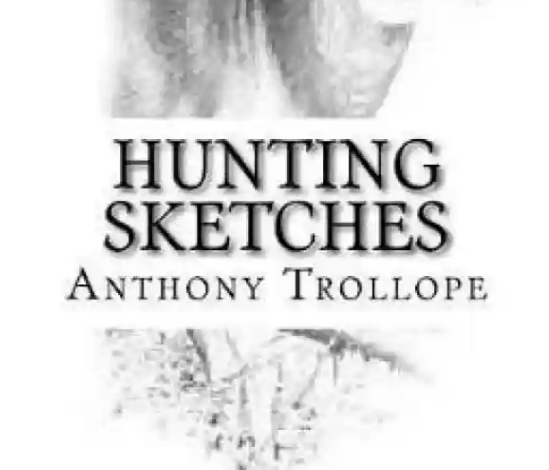The Man Who Hunts and Never Jumps
byIn this chapter titled The Man Who Hunts and Never Jumps, introduces a refreshing re-evaluation of a widely held belief about fox-hunting: that leaping over formidable barriers is a mandatory badge of honor. The chapter begins by unraveling the common misconception—especially among those unfamiliar with the sport—that the essence of hunting lies in fearless jumps over hedges, stone walls, and five-barred gates. Yet the reality on the field paints a more nuanced picture. Many seasoned hunters approach the sport with an emphasis on prudence rather than spectacle, proving that success in the chase need not come at the cost of broken bones or brash displays. Hunting, in this lens, becomes more than athletic prowess—it becomes a strategic endeavor led by wisdom and foresight rather than risk-taking alone.
The narrative introduces notable figures like the Duke of Beaufort, who skillfully managed his hunt without ever needing to jump. His method involved keen observation, route planning, and the clever use of roads, tracks, and accessible terrain that allowed him to follow the hounds effectively without danger. This form of hunting is not only practical but admirable, particularly for riders who value longevity in the sport over fleeting moments of thrill. Those who shun jumping altogether are not less courageous—they are simply more calculated in their approach. They avoid the common pitfall seen in men like Jones, who impulsively attempts a jump and ends up marooned, immobilized in a field with no exit. The contrast between road-savvy navigation and the false bravado of leaping riders underscores the benefits of staying grounded—literally and figuratively.
The man who hunts and never jumps is not a timid figure but one of quiet skill and careful intent. His attire is modest, blending into the crowd rather than demanding attention, and his riding is characterized by efficiency rather than drama. He understands the geography of the countryside intimately, knowing which gates swing open and where a narrow lane leads back to the hounds’ track. His strength lies in experience and the ability to anticipate where the hunt will flow, making him a vital asset to fellow riders who may have lost their bearings. Rather than chase fleeting moments of applause, he builds a steady reputation based on consistency and insight. In doing so, he showcases that hunting is as much about the mind as it is about the muscle.
Beyond personal tactics, this chapter opens up a broader conversation about inclusivity and wisdom in sporting traditions. For those with age, injury, or a simple preference for safety, the notion that jumping is nonessential makes the hunt more accessible. These riders do not compromise the thrill of the chase; they merely choose to engage in it from a different angle. The hunting world, often steeped in lore and ego, benefits from figures who remind others that grace, restraint, and local knowledge have their place alongside spectacle. While stories of the Galway Blazers and their wild feats remain legendary, not everyone seeks to immortalize themselves in such extremes. For many, hunting offers peace, camaraderie, and a sense of harmony with the countryside, not a platform for recklessness.
The idea of hunting without jumping also sheds light on the changing nature of modern countryside sports. As landscapes become more regulated and landowners more protective, routes that avoid fences and walls are not only safer but more respectful. Hunters who tread carefully ensure that the legacy of fox-hunting can endure without alienating communities or causing damage to property. In this way, the man who avoids jumps becomes a symbol of sustainability in the sport, showing that it is possible to adapt tradition without diluting its spirit. His path reflects not a diminished version of the hunt, but a more considered and forward-looking one. He proves that you can love the hounds, follow the scent, and honor the chase without ever leaving the ground.
Ultimately, the chapter offers more than just a profile of a particular kind of rider—it delivers a quiet challenge to hunting culture as a whole. Must excitement always be measured by danger? Or can satisfaction also come from precision, patience, and poise? These questions invite readers to rethink their assumptions and appreciate the multifaceted nature of field sports. Not everyone needs to leap to be valued. Sometimes, the rider who remains in the saddle while others fall earns the deepest respect. And in that quiet, steady figure—the man who hunts and never jumps—we find an emblem of humility, expertise, and enduring grace within a world too often ruled by showmanship.

